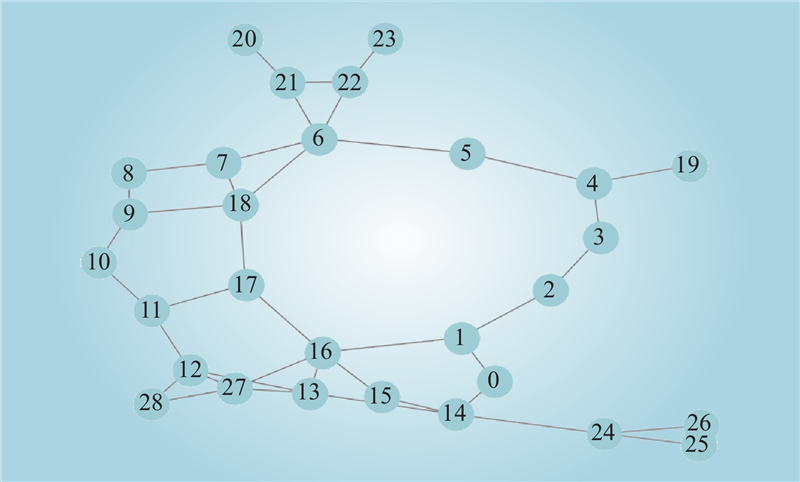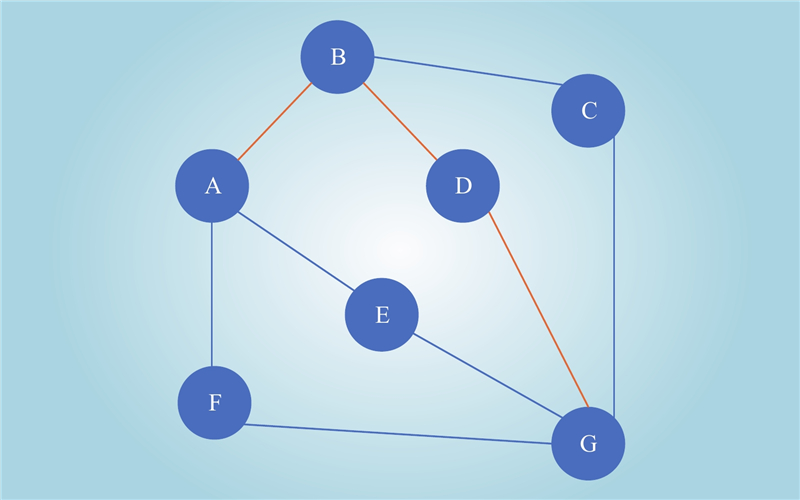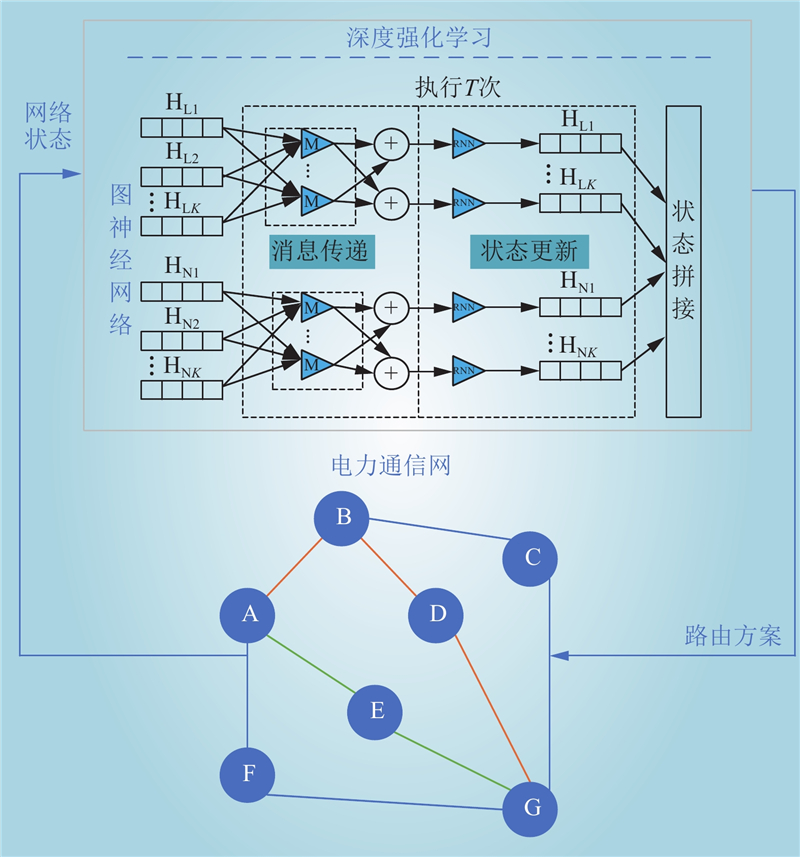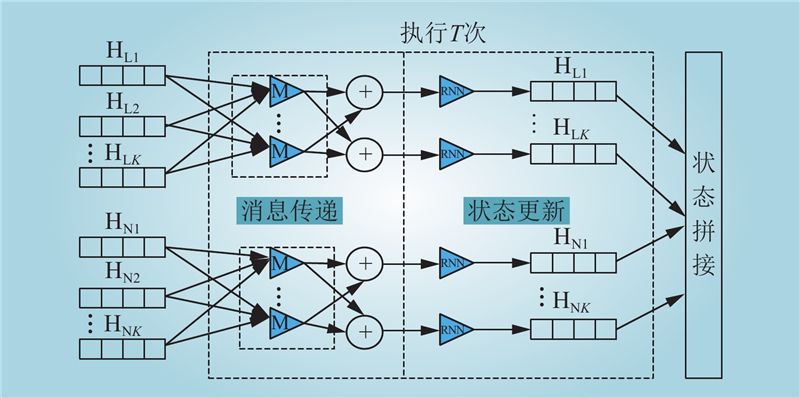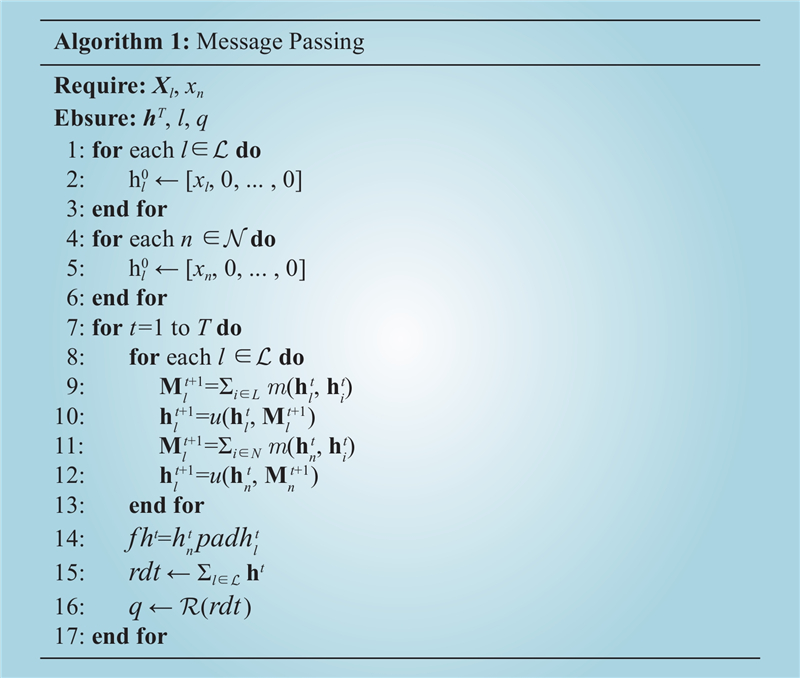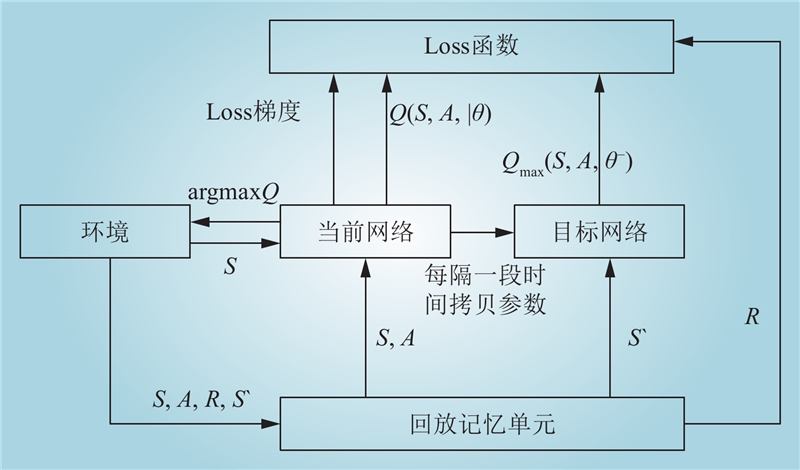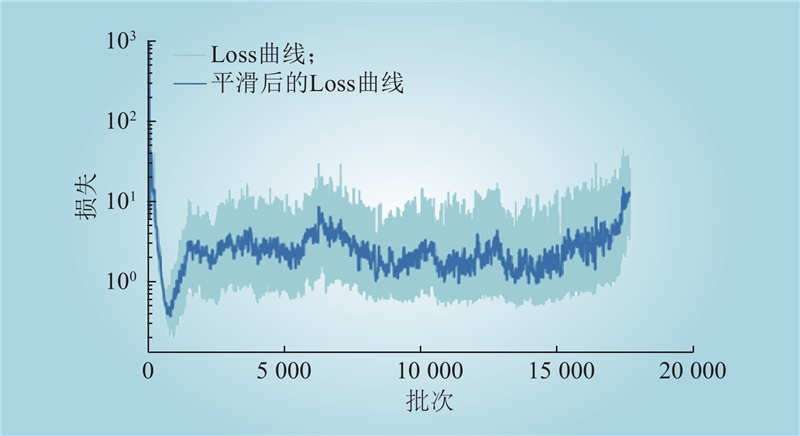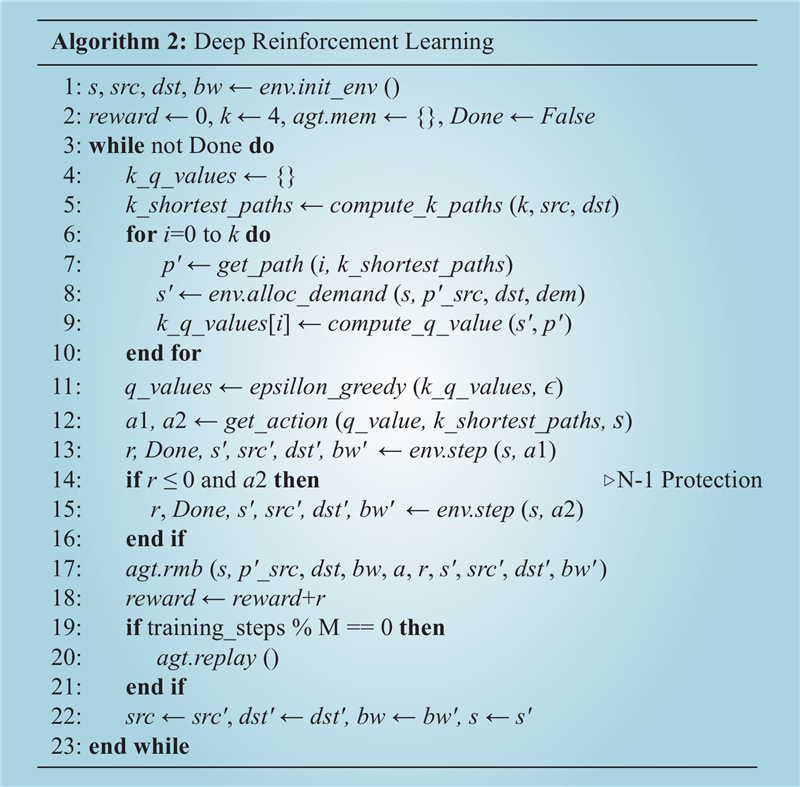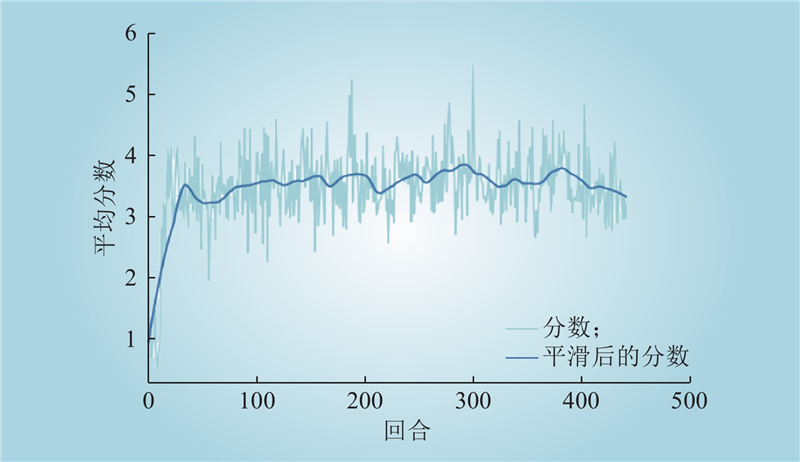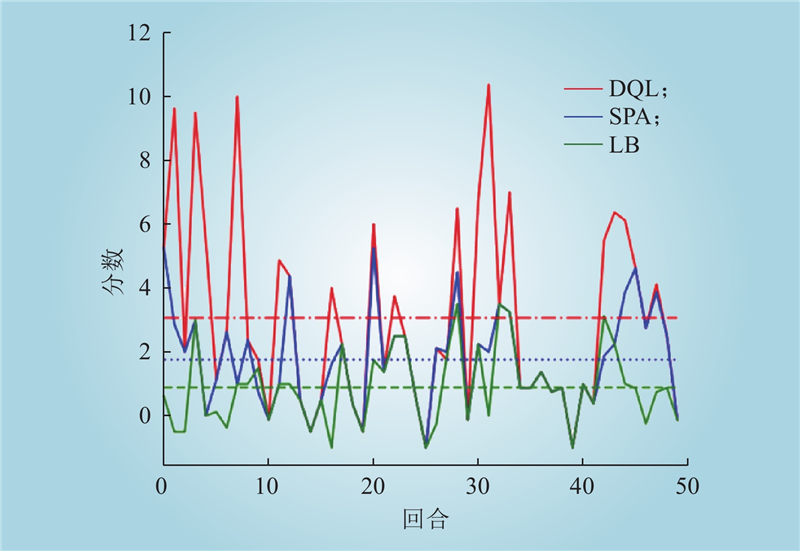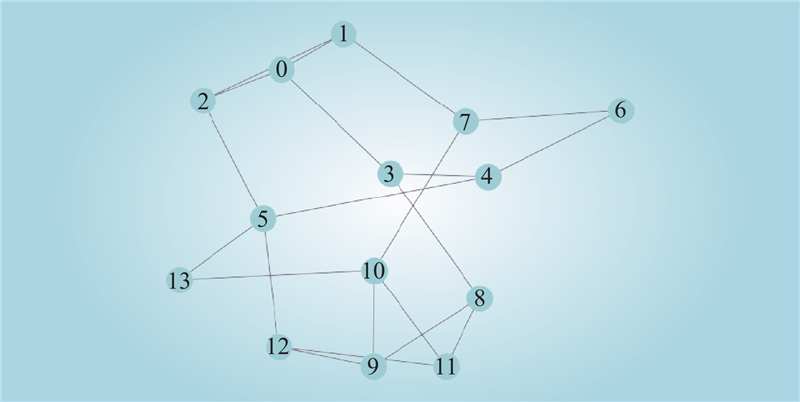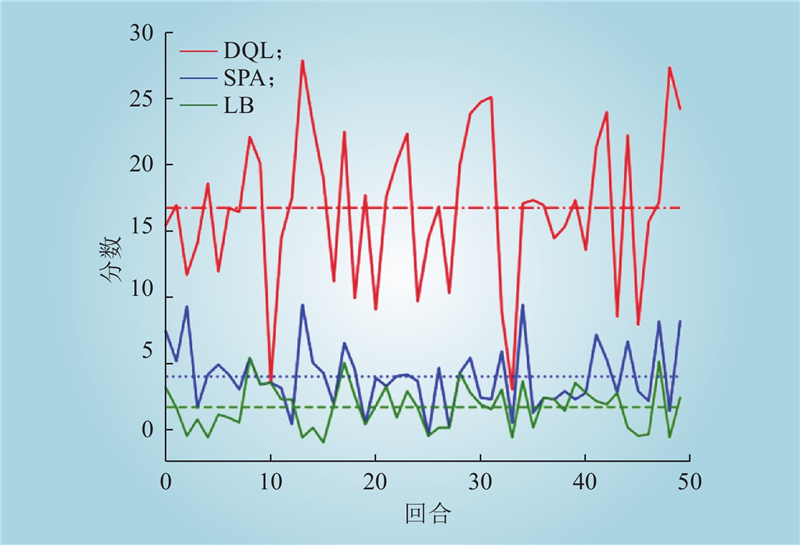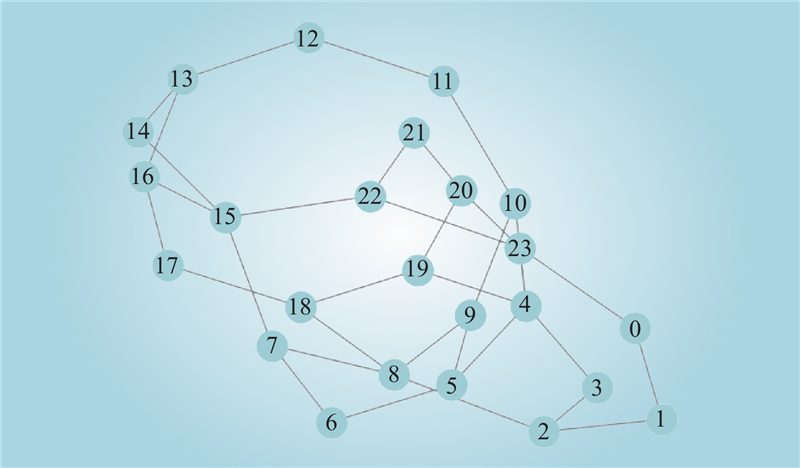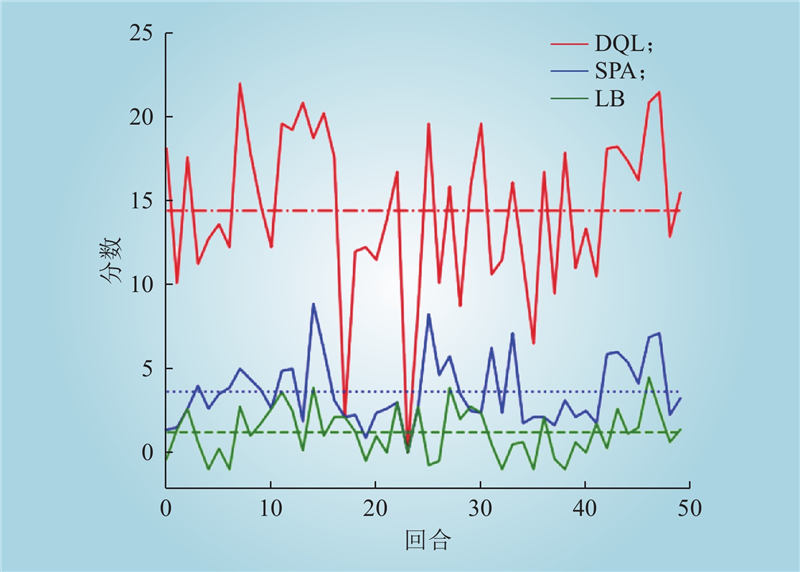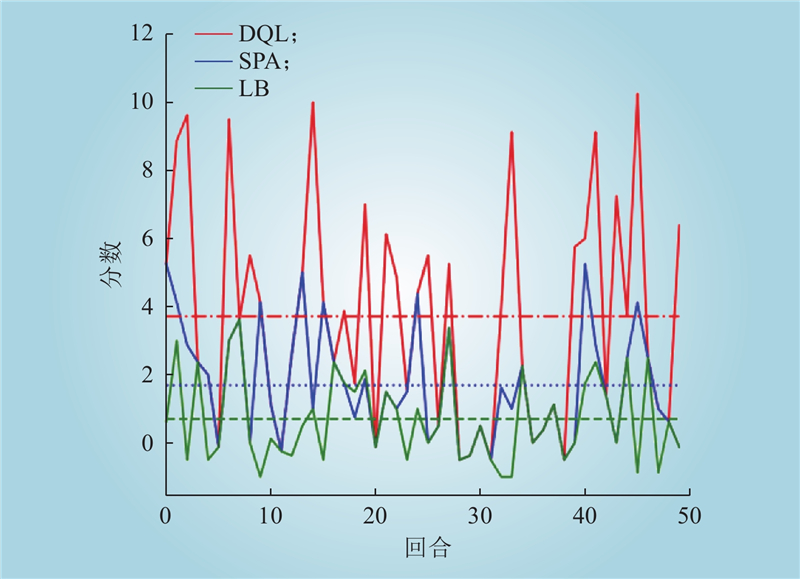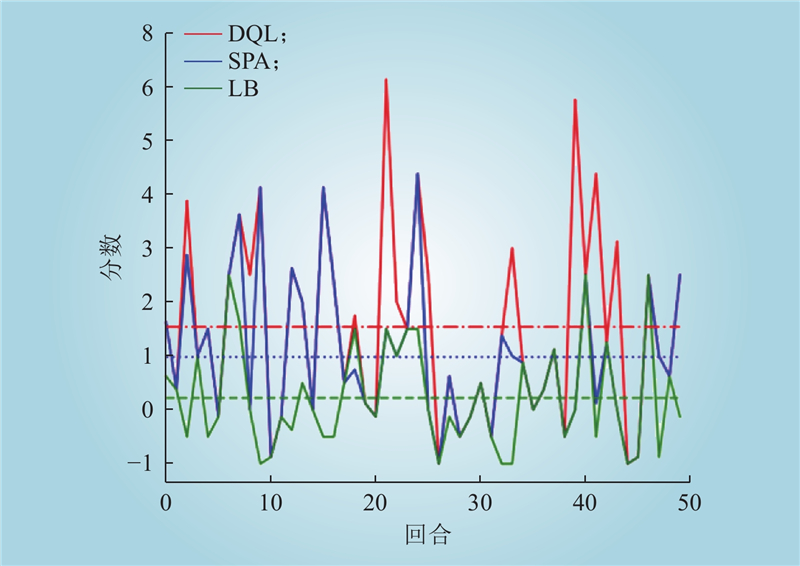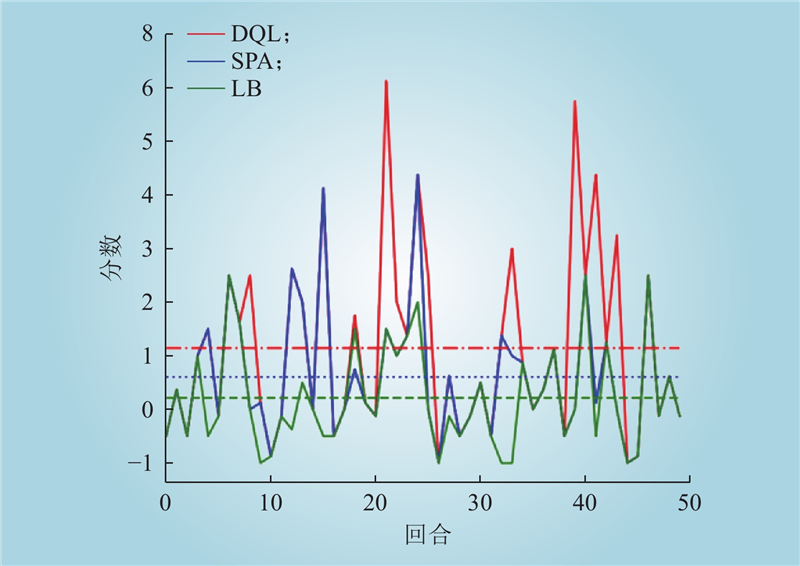| 1 |
赵子岩, 刘建明. 基于业务风险均衡度的电力通信网可靠性评估算法[J]. 电网技术, 2011, 35 (10): 209- 213.
|
|
ZHAO Ziyan, LIU Jianming. A new service risk balancing based method to evaluate reliability of electric power communication network[J]. Power System Technology, 2011, 35 (10): 209- 213.
|
| 2 |
夏超鹏. 泛在电力物联网在电力市场应用中的展望[J]. 发电技术, 2020, 41 (2): 142- 149.
DOI
|
|
XIA Chaopeng. Prospect of ubiquitous power Internet of Things in electricity market[J]. Power Generation Technology, 2020, 41 (2): 142- 149.
DOI
|
| 3 |
王勇, 张明, 马洲俊, 等. 电力线信道通信特性影响因素分析[J]. 电力科学与技术学报, 2021, 36 (3): 157- 164, 173.
|
|
WANG Yong, ZHANG Ming, MA Zhoujun, et al. Analysis of the factors influencing the communication characteristics of power line channel[J]. Journal of Electric Power Science and Technology, 2021, 36 (3): 157- 164, 173.
|
| 4 |
王志强, 吴庆, 张拯, 等. 基于异常分析的电力信息通信系统运维策略[J]. 陕西电力, 2016, 44 (4): 84- 87.
|
|
WANG Zhiqiang, WU Qing, ZHANG Zheng, et al. Maintenance strategy of power grid information and telecommunication system based on abnormal analysis[J]. Shanxi Electric Power, 2016, 44 (4): 84- 87.
|
| 5 |
皮志勇, 朱益, 廖玄, 等. 基于深度学习的智能变电站通信链路故障定位方法[J]. 中国电力, 2023, 56 (7): 136- 145.
|
|
PI Zhiyong, ZHU Yi, LIAO Xuan, et al. Fault location method for communication link in smart substation based on deep learning[J]. Electric Power, 2023, 56 (7): 136- 145.
|
| 6 |
皮志勇, 朱益, 廖玄, 等. 智能变电站多信息融合建模的通信链路故障定位方法[J]. 中国电力, 2023, 56 (8): 207- 215.
|
|
PI Zhiyong, ZHU Yi, LIAO Xuan, et al. Fault location method for communication link with multi-information fusion modeling of smart substation[J]. Electric Power, 2023, 56 (8): 207- 215.
|
| 7 |
何天玲, 蔡立波. 耦合电网业务约束条件的电力通信故障检修辅助决策的实现[J/OL]. 中国电力, 2024: 1–8. (2024-03-21). https://kns.cnki.net/kcms/detail/11.3265.tm.20240320.1018.002.html.
|
|
HE Tianling, CAI Libo. Implementation of power communication fault and maintenance aided decision-making coupled with power network service constraints[J/OL]. Electric Power, 2024: 1–8. (2024-03-21). https://kns.cnki.net/kcms/detail/11.3265.tm.20240320.1018.002.html.
|
| 8 |
李彬, 卢超, 景栋盛, 等. 负载与风险联合均衡的电力通信网路由优化算法[J]. 中国电机工程学报, 2019, 39 (9): 2713- 2722.
|
|
LI Bin, LU Chao, JING Dongsheng, et al. An optimized routing algorithm with load and risk joint balance in electric communication network[J]. Proceedings of the CSEE, 2019, 39 (9): 2713- 2722.
|
| 9 |
崔力民, 孙静月, 李珊君, 等. 一种基于熵的电力通信网络业务资源均匀分配算法[J]. 电网技术, 2017, 41 (9): 3066- 3073.
|
|
CUI Limin, SUN Jingyue, LI Shanjun, et al. An algorithm for business resource uniform distribution in power communication network based on entropy[J]. Power System Technology, 2017, 41 (9): 3066- 3073.
|
| 10 |
顿聪颖, 金凤林, 谭诗翰, 等. 基于负载均衡的低轨卫星网络动态路由算法[J]. 无线电工程, 2022, 52 (5): 790- 798.
DOI
|
|
DUN Congying, JIN Fenglin, TAN Shihan, et al. Dynamic routing algorithm for low orbit satellite network based on load balancing[J]. Radio Engineering, 2022, 52 (5): 790- 798.
DOI
|
| 11 |
孙严智, 刘旋, 刘宇明, 等. 遗传算法电力通信网关键业务备选路由配置[J]. 云南电力技术, 2017, 45 (1): 113- 117.
DOI
|
|
SUN Yanzhi, LIU Xuan, LIU Yuming, et al. Research on key service backup routing method based on genetic algorithm in power communication network[J]. Yunnan Electric Power, 2017, 45 (1): 113- 117.
DOI
|
| 12 |
王素红, 唐煜星, 郭文豪, 等. 考虑优先级的智能电网业务调度与资源分配方案[J]. 南方电网技术, 2024, 18 (4): 59- 70, 79.
|
|
WANG Suhong, TANG Yuxing, GUO Wenhao, et al. Service scheduling and resource allocation scheme of smart grid considering priority[J]. Southern Power System Technology, 2024, 18 (4): 59- 70, 79.
|
| 13 |
刘思放. 电力需求响应业务传输机制及路由优化策略研究[D]. 北京: 华北电力大学, 2020.
|
|
LIU Sifang. Research on transmission mechanism and routing optimized strategy for power demand response service[D]. Beijing: North China Electric Power University, 2020.
|
| 14 |
曾瑛, 李伟坚, 陈媛媛, 等. 基于业务优先级的电力调度数据网拥塞规避算法[J]. 电力系统保护与控制, 2014, 42 (2): 49- 55.
DOI
|
|
ZENG Ying, LI Weijian, CHEN Yuanyuan, et al. A congestion avoidance algorithm based on the service priority for electric power dispatching data network[J]. Power System Protection and Control, 2014, 42 (2): 49- 55.
DOI
|
| 15 |
ALMASAN P, SUÁREZ-VARELA J, RUSEK K, et al. Deep reinforcement learning meets graph neural networks: Exploring a routing optimization use case[J]. Computer Communications, 2022, 196, 184- 194.
DOI
|
| 16 |
YU C H, LAN J L, GUO Z H, et al. DROM: optimizing the routing in software-defined networks with deep reinforcement learning[J]. IEEE Access, 2018, 6, 64533- 64539.
DOI
|
| 17 |
HARTERT R, VISSICCHIO S, SCHAUS P, et al. A declarative and expressive approach to control forwarding paths in carrier-grade networks[J]. ACM SIGCOMM Computer Communication Review, 2015, 45 (4): 15- 28.
DOI
|
| 18 |
FRANCOIS P, FILSFILS C, EVANS J, et al. Achieving sub-second IGP convergence in large IP networks[J]. ACM SIGCOMM Computer Communication Review, 2005, 35 (3): 35- 44.
DOI
|
| 19 |
JAIN S, KUMAR A, MANDAL S, et al. B4: Experience with a globally-deployed software defined WAN[J]. ACM SIGCOMM Computer Communication Review, 2013, 43 (4): 3- 14.
|
| 20 |
何天玲. 基于业务N-2的电力通信网可靠性评估方法研究[J]. 电力信息与通信技术, 2021, 19 (2): 36- 43.
|
|
HE Tianling. Research on reliability evaluation method of power communication network based on service N-2[J]. Electric Power Information and Communication Technology, 2021, 19 (2): 36- 43.
|
| 21 |
王铮澄, 周艳真, 郭庆来, 等. 考虑电力系统拓扑变化的消息传递图神经网络暂态稳定评估[J]. 中国电机工程学报, 2021, 41 (7): 2341- 2349.
|
|
WANG Zhengcheng, ZHOU Yanzhen, GUO Qinglai, et al. Transient stability assessment of power system considering topological change: a message passing neural network-based approach[J]. Proceedings of the CSEE, 2021, 41 (7): 2341- 2349.
|
| 22 |
刘全, 翟建伟, 章宗长, 等. 深度强化学习综述[J]. 计算机学报, 2018, 41 (1): 1- 27.
DOI
|
|
LIU Quan, ZHAI Jianwei, ZHANG Zongchang, et al. A survey on deep reinforcement learning[J]. Chinese Journal of Computers, 2018, 41 (1): 1- 27.
DOI
|
| 23 |
MNIH V, KAVUKCUOGLU K, SILVER D, et al. Playing atari with deep reinforcement learning[J]. ArXiv e-Prints, 2013: arXiv: 1312.5602.
|
| 24 |
ABADI M, BARHAM P, CHEN J, et al. TensorFlow: a system for large-scale machine learning[C]//12th USENIX symposium on operating systems design and implementation (OSDI 16). 2016: 265–283.
|
| 25 |
HEI X J, ZHANG J, BENSAOU B, et al. Wavelength converter placement in least-load-routing-based optical networks using genetic algorithms[J]. Journal of Optical Networking, 2004, 3 (5): 363.
DOI
|



